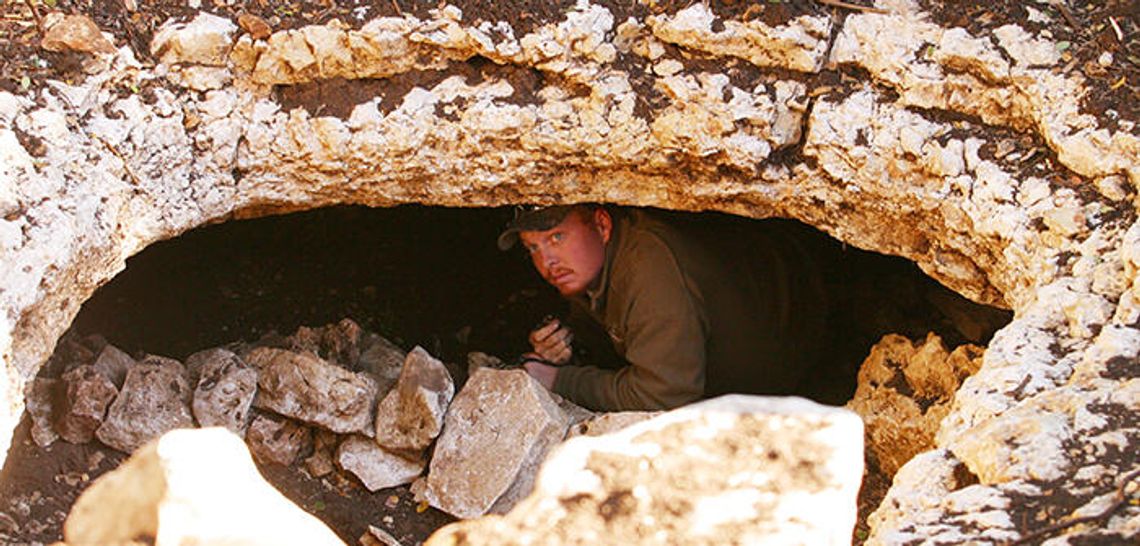Dreams of the late Gay Dahlstrom for turning part of her family’s vast ranch into a space for ecological stewardship and education is slowly coming to fruition.
With the help of $100,000 in state grants, Hays County earlier this year began construction on a public 3.15-mile trail system located within the 384-acre Gay Ruby Dahlstrom Preserve. The preserve is part of a 2,254-acre conservation easement, or protected natural land, located along FM 967 that’s owned by the Dahlstrom family.
Clint Garza, Hays County Development Services coordinator, said moving forward with the preserve “means a ton,” as it will provide more open space to Hays County residents.










